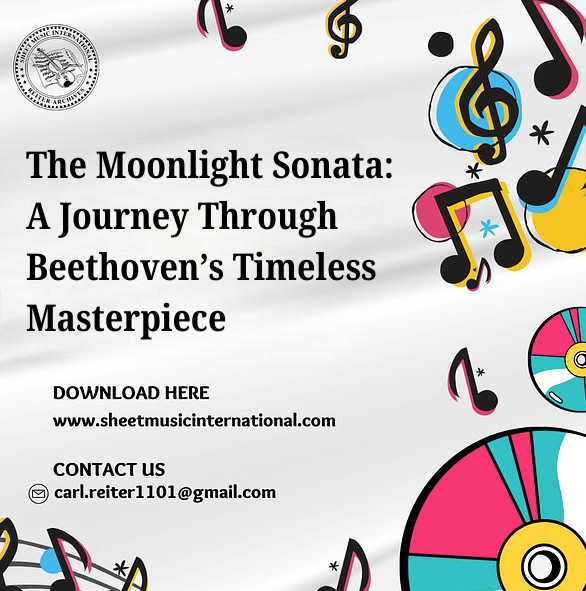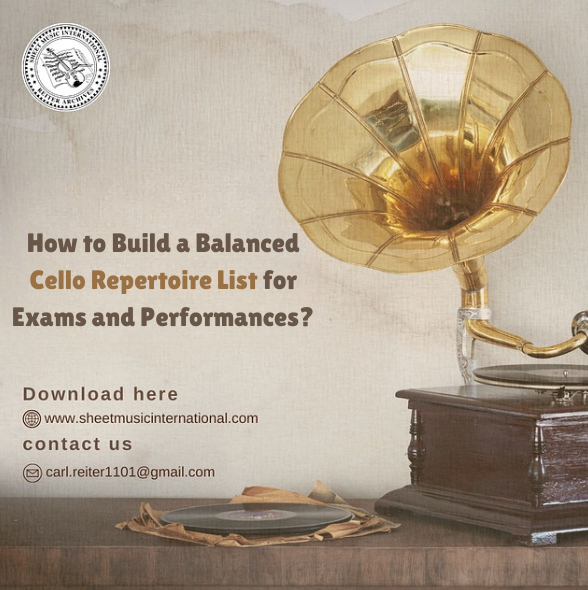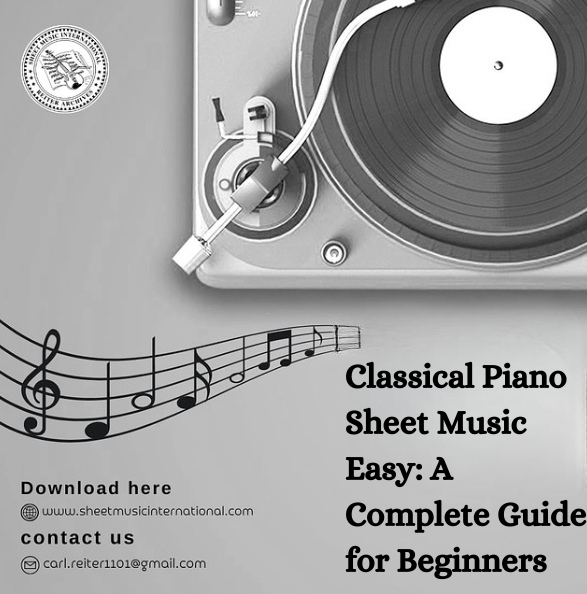
Your Request is under process, Please wait.


The name “Moonlight Sonata” brings the feeling of sadness yet peace at one time. It is a classical piano composition by the legendary artist Ludwig van Beethoven and is one of his most famous works that people still enjoy after hundreds of years.
The name “Moonlight Sonata” brings the feeling of sadness yet peace at one time. It is a classical piano composition by the legendary artist Ludwig van Beethoven and is one of his most famous works that people still enjoy after hundreds of years. However, aside from its beautiful sound that can soothe, the Moonlight Sonata is composed of a definite and interesting story which is very important to understanding the core of classical music.
With the creation of masterpieces at his age, Ludwig Van Beethoven has something unnatural with his level of creation. Thus, his biography includes a lot of missed opportunities through personal hardships, like a gradual hearing loss that would bring full deafness much later in life. Because of the dynamic and universal nature of his works, there were feelings and emotions — love, despair, and triumph interwoven through almost all of them.
He lived in the classical and romantic classes and his work has introduced innovations to the symphony, a string quartet, and the sonata. The piano sonata no.14 in C-sharp minor “quasi una fantasia” aka the moonlight sonata is one of the finest creations ever produced. This piano piece was composed in 1801 and the music is reported to have been composed for one of his students, believed to be his beloved Countess Giulietta Guicciardi.
When Ludwig was composing Moonlight Sonata (Sonata No. 14 in C minor), it was a disturbing time in Beethoven’s life. In the year 1801, he was already a famous composer although he was at the beginning of coming to terms with his deafness, something that perverted most of his hopes as a skilled musician. He was also emotionally typed by then and composed many works that were rather more eloquent and subjective than before only more of them.
The Moonlight Sonata has three movements in the composition where each movement has its unique mood and essence which are:
The sound of piano notes makes it quite easy for one to embed himself or herself into it because of its almost insistent rhythmic structure. It is not surprising that this particular movement has been referred to by its admirers as a “floating moonbeam” which sadly penetrates the dark comfort of gorgeous shadows.
What the end tends to be, however, to be rather unexplainable as this tower is unbelievably a structure composed of uniformly intricate ornamental elements of interior decoration, lights, pavements, tables, and china decors everywhere.
The second movement is titled *Allegretto*, and it is as different from the first one as possible. This is quite light, does not take itself too seriously, and the structure of the text is even fairly rhythmic as if it was dancing a jig. The movement is in D- flat major making it bright and rather relieving after the rather sad opening of the symphony. Shimmy is cute and jolly yet it is set within an amusing jazzy beat that has indications of suspense.
This movement may be regarded as a short break, as a temporary pause before the beginning of a storm that is yet to come. Both light and shadow are incorporated here in the play, which illustrates the contrasts that exist both in the world and in Beethoven’s compositions.
The last movement, Presto agitato, is a collection of passion and strength that ends this piece. This one is relatively faster as it has rapidly ascending and descending arpeggios and strongly built chords all giving an effect of urgency and drama. It is in this movement that the genius of Beethoven is parliament because he challenges the limits of the piano notes and the performer to the edge.
A “Moonlight Sonata” is, in fact, more than just a song; it is proof of Beethoven’s talent as well as an example of how art can overcome ordinary time and space. Probably every real fan of classical music or a simple listener can enjoy “Moonlight Sonata” and feel the depth of this composition that enlightens even the night. Therefore, to get classical piano sheet music the easy way, check out the Sheet Music International public library where you can access tons of sheet music of masterpieces.
While listening to the “Moonlight Sonata,” hear yourself being taken through wings of moonlit nights, shadow dances, and storms of the music as they are timeless.
.png)
.png)







